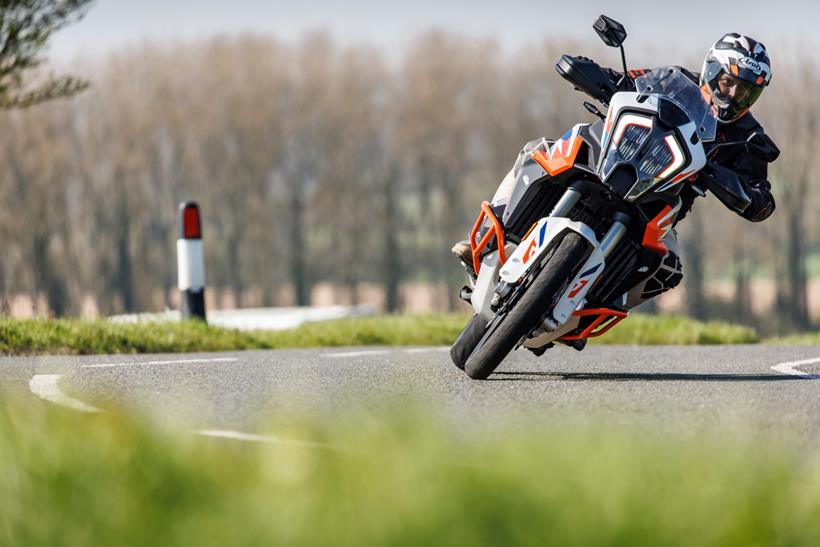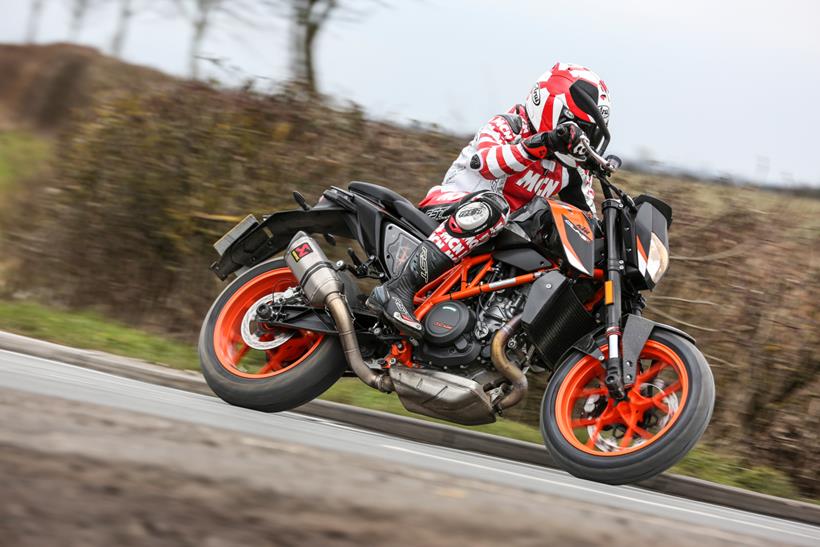KTM seek at least €100m boost as Pierer Mobility shares hit 11-year low amid market turmoil

Pierer Mobility AG, the parent company of KTM, Husqvarna, GasGas, WP Suspension, and owner of 50.1% of MV Agusta have announced that KTM AG will require an investment of at least €100 million to stay financially stable in 2025.
This move comes as KTM, which contributes over 95% of Pierer Mobility’s revenue, navigates a tough economic climate.
Pierer previously reported poor sales figures for the first half of the year, with forecasts showing a 15% decline compared with previous levels and accompanying plans for redundancies. At the time of writing, Pierer Mobility’s share price has fallen to its lowest point since August 2013, declining by over €50 from its value 12 months ago to below €10 per share.

Blame for the dwindling performance has been attributed to both high interest rates in the U.S. and market volatility within Europe – including rapidly increasing production costs.
In a statement released on 23 August, Pierer outlined that net debt had risen to €1.469 billion, with a further 200 job cuts on the horizon.
Restructuring plans
To address their current situation, KTM are negotiating a bridge loan in the “three-digit million” range, with talks ongoing between core shareholder Pierer Bajaj AG and KTM’s primary creditors. As part of these discussions, the company are also exploring a standstill agreement to ensure smooth progress during restructuring.

Although the specifics of the financing and its conditions remain undecided, Pierer’s executive board has stressed the urgency of securing KTM’s financial foundation.
Operational changes ahead
In tandem with these financial negotiations, KTM are set to undergo significant operational changes. The focus will be on reducing production volumes to cut down inventory both at the company and dealer levels. Overhead costs are also expected to be scaled back significantly.
Production is set to be cut by a quarter, with increased manufacturing migration to India and China.
The company’s aim is to create a leaner, more sustainable business model starting in 2025, stabilising both costs and revenue while ensuring long-term competitiveness and profitability in an uncertain market.



